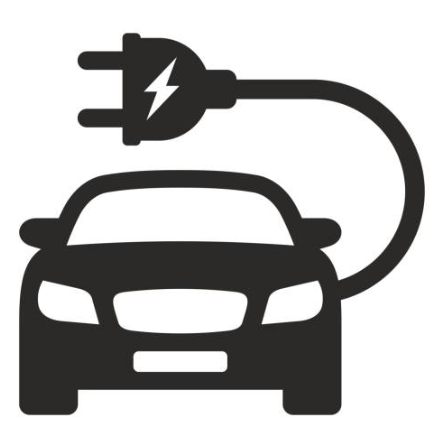Transport Impacts

In the 1990’s, Nigel researched the Transport Implications of buildings due to their location, function and design in UK consultancy commissions and then for the European Commission (SAVE). This work led to the development of credits for the BREEAM Environmental Rating system.
Recently he has explored the implications of the inevitable transition to electric vehicles with bi-directional charging for the Australian electricity grid. This transition will be game-changing for getting to 100% renewable power by effectively putting 20 million large car batteries on the grid for the 97% of time that they are not actually driving (on average). This will amount to about 3.5 Snowy 2.0’s worth of storage – enough to completely eliminate the problems of renewables intermittency. In addition, because the car battery storage is distributed around the grid, local generation will be locally stored for local reuse. For individual homeowners this will mean that they will can go off-grid for most of the time. Far from overloading the grid as most commentators assume, the transition to electric vehicles will release capacity to transport power from regions of excess to regions with a temporary shortfall in renewables generation. The extra power will come from being able to store daytime excess power rather than waste it as occurs now. https://johnmenadue.com/myopic-thinking-electric-vehicles-and-renewable-power/


